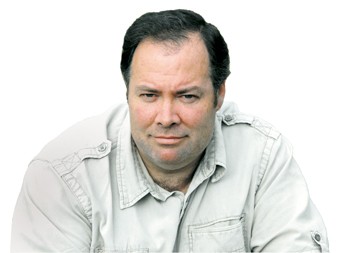Why the protection of some fragile species would do little to help their cause

I was at a meeting of a public body the other day when a county councillor started talking about blackgrouse. ?The way to get more of them,? he opined, ?is to give them full protection. That would stop people shooting them.?
As you can imagine, I wasn?t having any of that. Fortunately, we weren?t actually in any sort of formal meeting when he made his statement. Instead, we were helping ourselves to tea in the kitchen before the official proceedings started. I was taken aback that an otherwise well-informed person could come to such a conclusion.
Yet, on reflection, perhaps I shouldn?t have been surprised. During our little chat, my opponent said: ?Well, if there?s a voluntary moratorium on shooting these birds, what have you got to lose by having them placed on the protected list??
That is a sensible question. It deserves a sensible answer. And my answer is based on the fact that the law, as it stands, is not at all sensible. Let me explain. As far as I know, not a single species that has ever been taken off the quarry list has managed to make it back on again. Indeed, I think there was one species of pigeon (the rock dove, perhaps?) that was taken off the quarry list by accident, yet the error was never rectified. The brent goose, we were told, would be restored as a sporting quarry once its population passed a certain level. Its population duly surged past that level ? even to the point where it causes serious agricultural damage in certain instances ? yet it has never been put back on the quarry list, which appears to operate on a strictly one-way basis.
If the blackgrouse were ever protected, we would never have the choice of shooting a single one again, even if the species? population soared. Yet it is sporting interests that do most of the practical conservation work that benefits blackgrouse, so removing the sporting interest would do the species no favours at all.
We all know that the best way to preserve rare-breed livestock is to ensure that it retains its commercial value. Stop eating rare breeds and they become extinct. ?Use it or lose it,? as the saying goes. There is an analogy here with game species: the law, as it stands, does not always help declining species. Take bats, for example. They are notorious among householders who wish to build into their attics, because the law on bat protection is so draconian that, in many cases, householders have come to loathe the critters. The resulting ill-feeling has done bats no good at all.
Licensing paradoxes
There are some weird paradoxes about the licensing of the killing or taking of species that are both protected and relatively common. Look at buzzards. The UK has an extremely healthy buzzard population ? certainly, it is now at the highest level since reliable records began. One recent study put it at 61,000 breeding pairs, meaning that the overall number of individual buzzards (including young of the year) could conceivably be as high as a quarter of a million at certain times of the year. In law, you are supposed to be able to get a personal licence to deal with problem buzzards in certain circumstances. But has anybody ever managed to do so?
Many of you will have read about Alex Hogg?s attempts to negotiate the official licensing system in Scotland. In England, a similar system, operating under exactly the same UK and EU legislation, is administered by Natural England. This system is currently used to license named individuals to cull two gull species that were formerly on the Open General Licence. These gulls have an identical legal status to the buzzard (i.e. protected, but not on Schedule 1). There are more than 150 licences on issue for culling gulls in England, yet I am unaware of a single one ever being issued for buzzards. Why is this?








